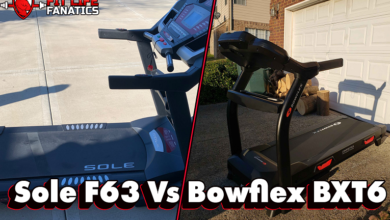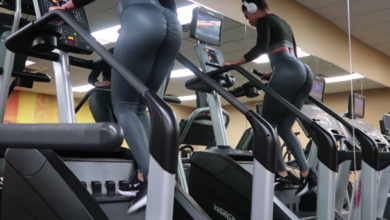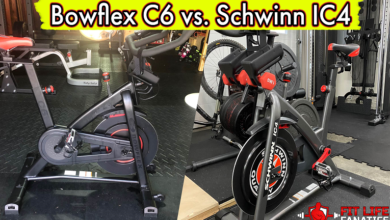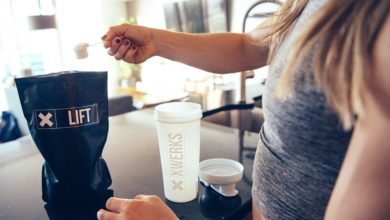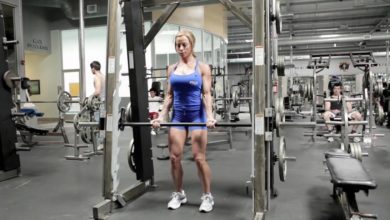What Muscles do Face Pulls Work?
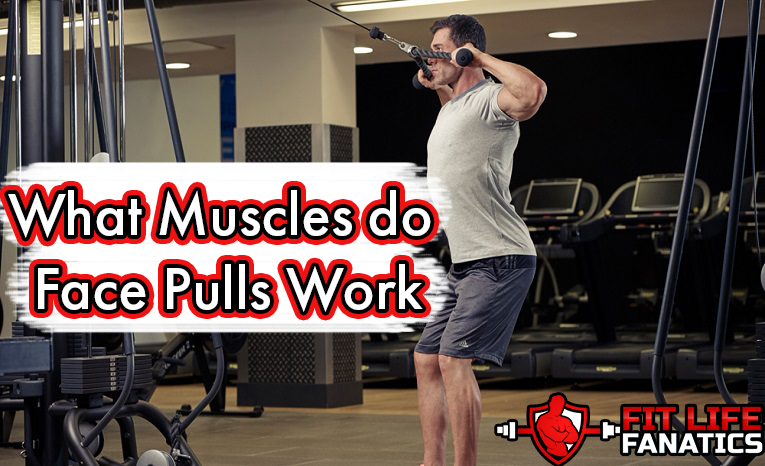
In this article I am going to cover Face Pulls.
What they are, how you can do them, and do them correctly, go over the muscles that are worked during this exercise and give you some tips to help you target the correct muscle groups.
There are a few exercises that do not get their due. I feel that the face pull exercise is one such unsung hero.
Many people think of it as an easy-to-do type of corrective exercise.
However, it has much more to offer than just that.
Don’t believe me? Well, Robert Herbst, who has won the World Champion powerlifter 19 times, also recommends face pulls.
He says, and I quote, “they assist in maintaining the shoulders squared and back so that people do not develop the pulled-forward look due to excessive chest and front deltoid work.” – Robert Herbst.
What Are Face Pulls?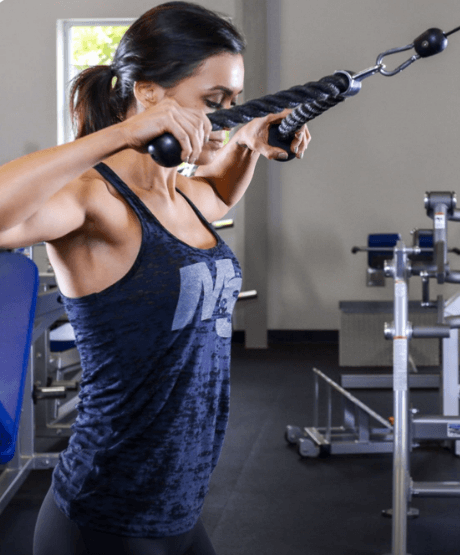
The face pull is a versatile exercise aimed at working the rear deltoids, rhomboids, traps, and external rotators.
And although one of the major appeals of the face pull workout is that it strengthens these muscle groups so that they can help serve you better during other exercises, such as push ups, pull ups, bench press and chest press.
It is also a quite comprehensive exercise in itself, especially if your target is your upper back and the muscles around your shoulder joints.
This is also one of the reasons the exercise is quite wrongly overlooked by most bodybuilders.
We all love to focus on the “mirror muscles” that are obvious to us and to others, and as such exercises like face pulls, whose target muscle work is more subtle, get overlooked.
Make no mistake about it, though, the face pull is a versatile exercise with a host of benefits.
It not only improves posture and physique, it also contributes to the development of our mid back and shoulder capsule.
Face Pulls Video Illustration
Face Pull Muscles Worked; What Muscles Do Face Pulls Work?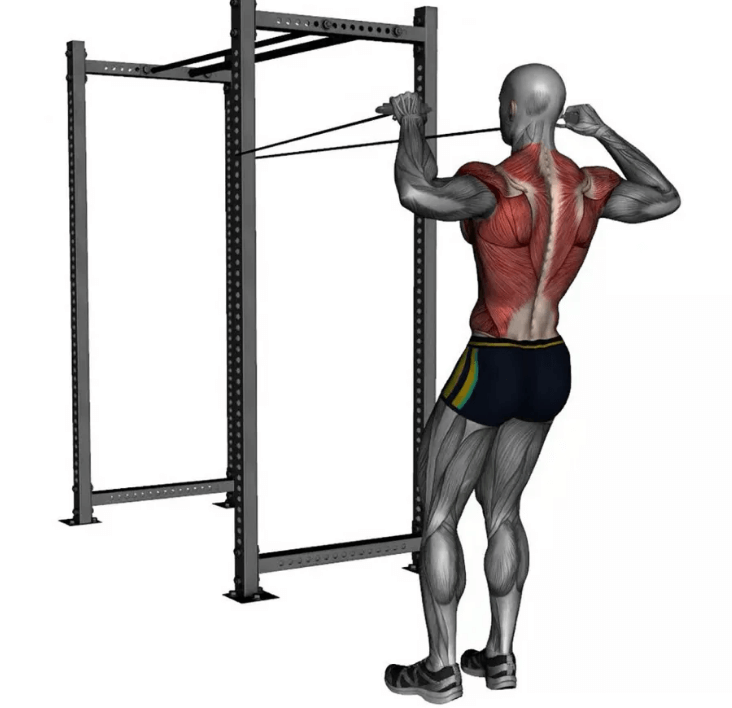
Now that we’ve established what face pulls are and why they are so important and overlooked, it’s time to go deeper into what it is they actually do; which particular muscles in the body benefit the most from their actions.
Rear Deltoids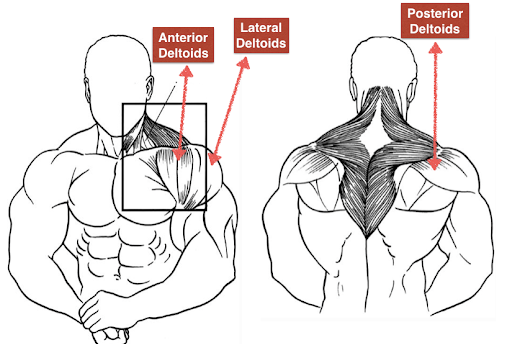
The rear deltoids, known colloquially as the rear delts, are one of the primary targets of face pulls. Rear delts are the muscle fibers located right at the back of the shoulders and are the furthest back of the three main deltoid areas.
The pulling movement of this exercise improves the mobility and stability of the shoulders.
Face pulls also help to improve shoulder health and avoid a hunched forward appearance due to poor posture.
Related Reading: Rear Delt Row Exercise Guide
Traps
Along with the rear delts, the trapezius muscles are also one of the major muscles worked during a face pull exercise.
The traps are important muscles for a strong neck and overall shoulder strength, and are partially responsible for overhead actions such as lifting rotation.
Rhomboids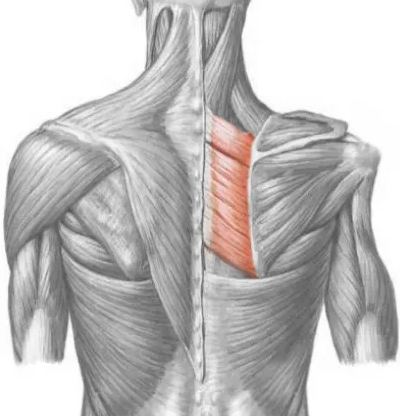
The rhomboids play a major function in pulling the shoulder blades together and making sure they stay intact.
As retraction is a common feature in face pulls, these muscles are also engaged and strengthened.
Thanks to their proximity to the delts and traps, they are also important muscles for good posture and are targetted during a proper face pull exercise.
Biceps and Biceps Trachia
The biceps are among the secondary muscles worked during face pulls.
As mentioned earlier though, the aim of face pulls in working out the biceps is not to build on bulk and size.
It is, instead, more suited to toning the muscles, enhancing general shoulder health, and building inner strength that will come in handy during other power exercises.
If you want to target your biceps, maybe you have skinny arms and you want to focus on building muscle, here are a few more exercises you can do for bicep muscle growth in your upper arms.
The dumbbell floor press, the underhand dumbbell row, regular bench presses, cable machine workout, and deadlifts will get you amazing results.
External Rotators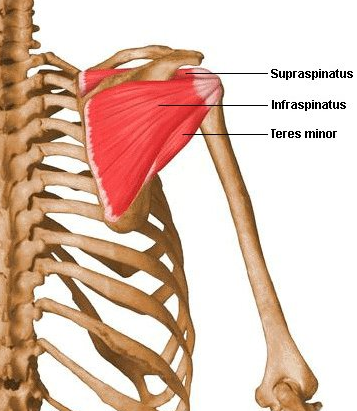
The external rotators are a group of muscles responsible for rotation.
In this case, proper face pulls build muscle such as the infraspinatus and the teres minor, which are both shoulder muscles that contribute to the rotator cuff muscles, building strong shoulders and enhancing overall shoulder joint function.
Are Face Pulls a Good Exercise to Build Back Muscle?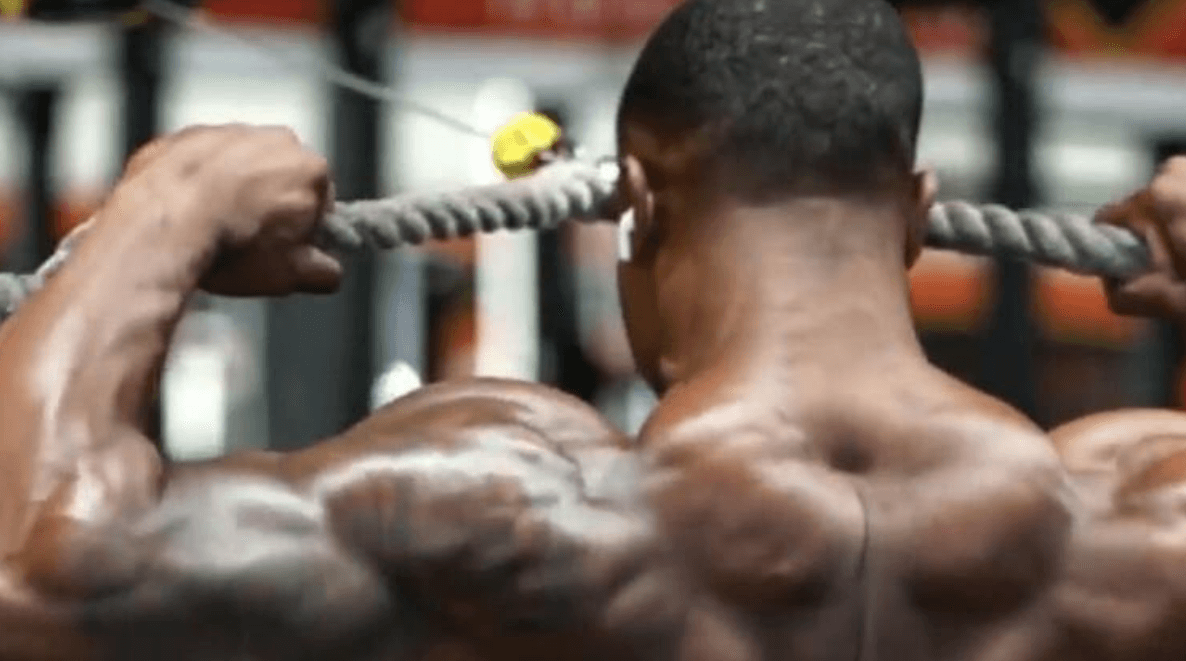
Yes, face pulls are great for building back muscles.
They are in fact, one of the most effective workouts at this and is yet very safe and not complicated to pull off.
As noted earlier, most of the action of a face pull is concentrated towards the posterior area of our upper body.
The rear delts and the traps are considered back muscles, both important for proper form and fixing poor posture, and both properly worked during this exercise.
And then there’s also the rhomboids, which are also important back muscles and one of the primary muscles worked with the right face pulls form.
Are Face Pulls a Good Exercise to Pack on Size to Muscles?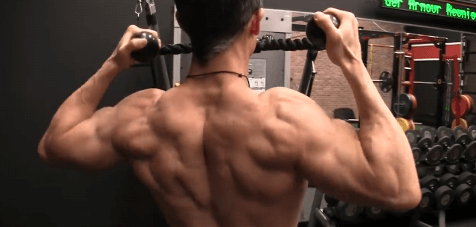
No, not really. It is important to understand that the function of a face pull exercise is not really to build on mass and bulk.
It is why they’re not so appreciated by bodybuilders looking to build on huge muscles without care for form or shape.
Face pulls are geared more towards toning the muscles and fixing muscle imbalances rather than packing on size.
It would be a mistake, however, to place too much emphasis on the latter while neglecting the former.
This is why they’re so important.
Important Points to Focus on During Face Pulls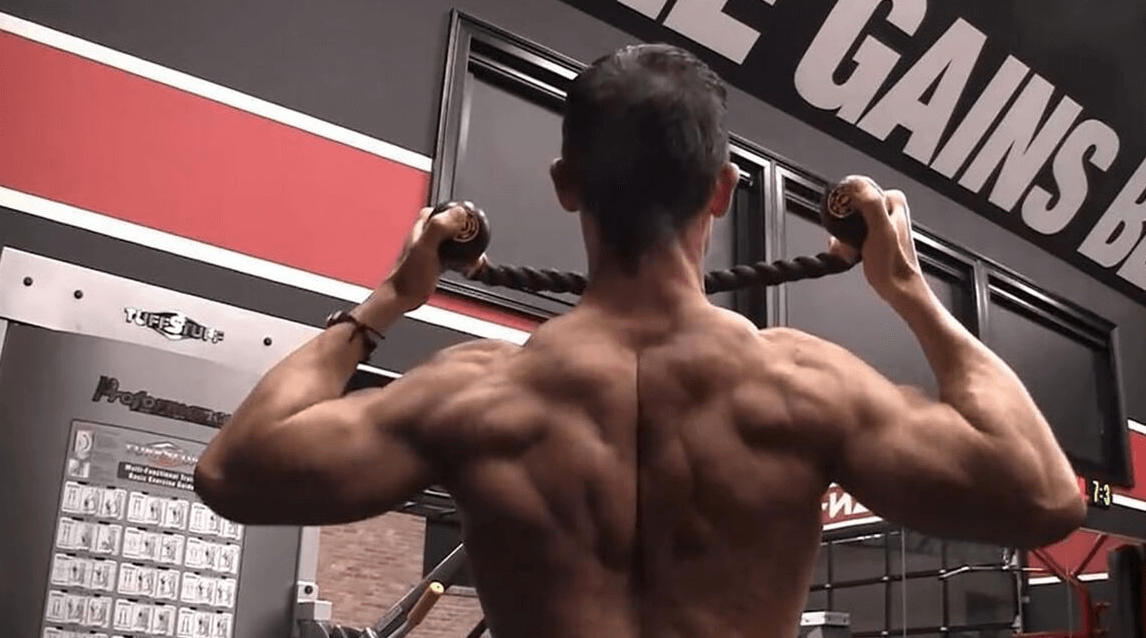
Performing the face pull is not a complex task by any means.
Still, just as in any exercise, you get optimal results when you do them the right way.
Below are a few points to focus on when performing face pulls to make sure you don’t end up doing them the wrong way.
- Pull towards the neck or chin area. Some make the mistake of pulling overhead or towards the chest.
- Ensure that your hands are spread apart and fully extended.
- Ensure that your breath is measured. Breathe in as you pull in. Breathe out as you pull backwards.
- Ensure to squeeze your shoulder blades, tighten your abdominal muscle area as well as your glutes.
Alternative exercises for the muscles that face pulls work on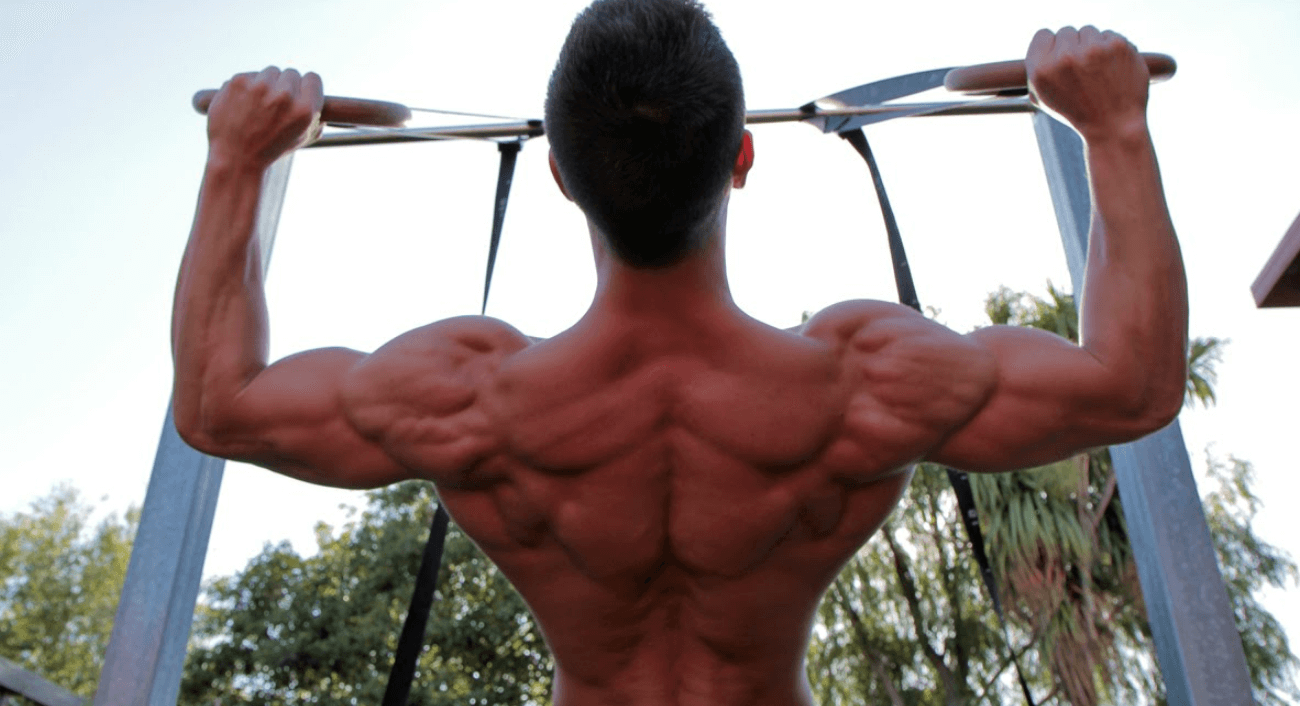
While you may be performing some exercises that work on the same muscle groups that face pulls also targets, I suggest trying the following face pull alternatives to add some variation to your fitness routine.
1. Resistance Band Face Pulls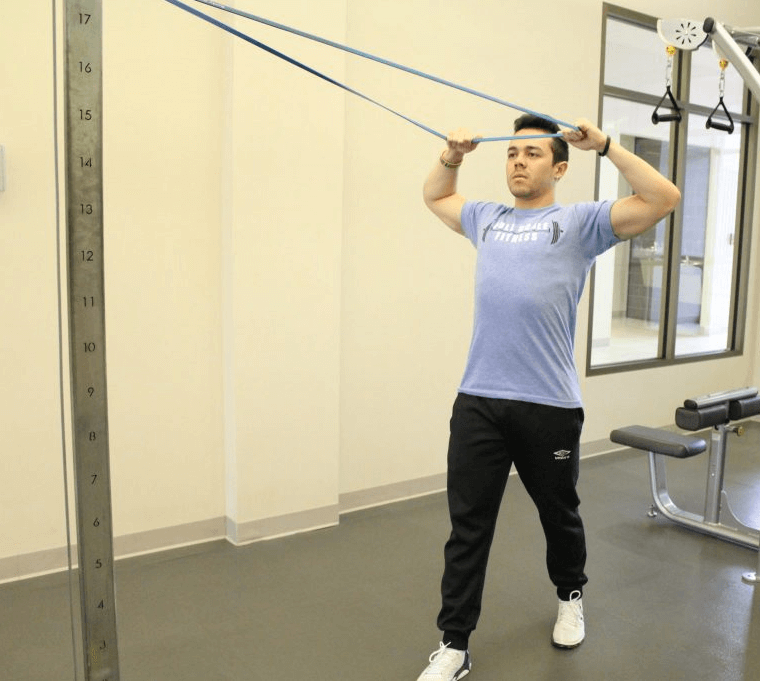
The band face pull is a great alternative when the cable pulley is not available.
It is a fantastic routine for working the deltoid.
While performing this exercise, ensure that there is enough tension when you do the repetitions.
Here is how you must do the resistance band face pulls:
- Step 1: Connect a large looped band on a stable point.
- Step 2: Hold the band and slowly walk back until you experience sufficient tension.
- Step 3: Maintain a staggered stance with your feet shoulder width apart or ensure your shoulders are one width apart.
- Step 4: Now pull the bands back and apart and then come back to starting position.
- Step 5: Perform 10 – 12 repetitions in each set.
2. Seated Cable Face Pull
This exercise is similar to regular face pulls; however, it offers more scope for horizontal abduction.
Thus, you can rotate the shoulders more in this routine.
To get the technique right, I advise starting with a lighter weight and maintain mind muscle connection through the full range of motion.
Here is how you must do the seated cable face pull:
- Step 1: Fix a rope usually used for triceps extension onto a seated cable area. Alternatively, you can secure the rope attachment to any cable pulley machine.
- Step 2: Straighten your back and bend your knees slightly.
- Step 3: Tightly hold the rope with your palms facing each other. Maintain an an overhand grip – like you’re doing an overhead press.
- Step 4: Drive your arms back as you pull the rope toward the forehead. While doing this, ensure your arms are always above your shoulder level.
- Step 5: Now, engage your shoulders and upper back as you rotate the shoulders externally.
- Step 6: Once fully extended, squeeze your upper back muscles. Hold in this stance for a few seconds. Return to the starting position and continue to maintain tension in the ropes.
- Step 7: Perform 10 – 12 repetitions.
3. Reverse Dumbbell Bent Over Flys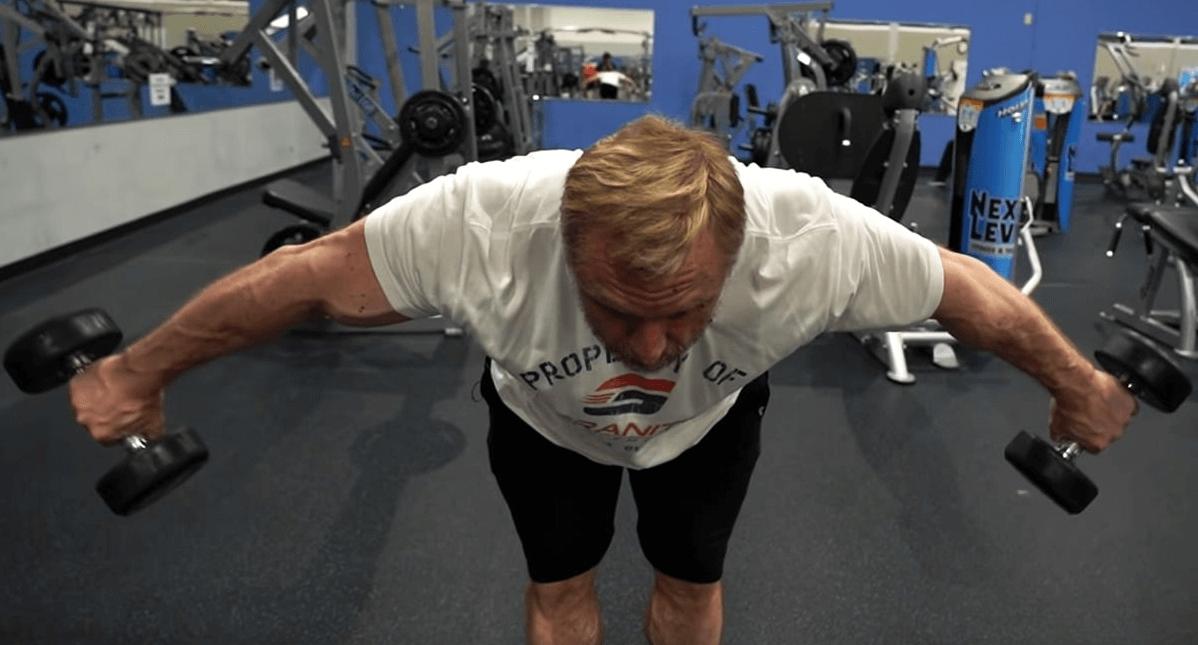
Very similar to the rear delt fly, this exercise offers an excellent angle to target the rear deltoids and build muscle in this area.
As you will require the momentum derived from swinging the weights for doing this exercise properly, I recommend not to lift heavier weights. Here is how you must do the reverse bent over flys.
- Step 1: Pick dumbbells with a suitable weight and hold them firmly.
- Step 2: Stand in a squat position, one shoulder-width apart.
- Step 3: Bend your back forward and hold the neck in a neutral position. The dumbbells must always be under your chest with your elbow bent slightly.
- Step 4: Move your arms out till they are parallel to the floor. Only move your shoulders while doing this step.
- Step 5: Squeeze the upper back muscles when you have extended for a couple of seconds.
- Step 6: Lower the dumbbells and come back to position while maintaining constant tension.
- Step 7: Perform 10 – 12 repetitions.
I recommend this exercise for beginners, as all you need is a pair of dumbbells, and nowadays there are a lot of places where you can get dumbbells for a cheap price and not break the bank.
A Recap of the Muscle Groups Worked with Face Pulls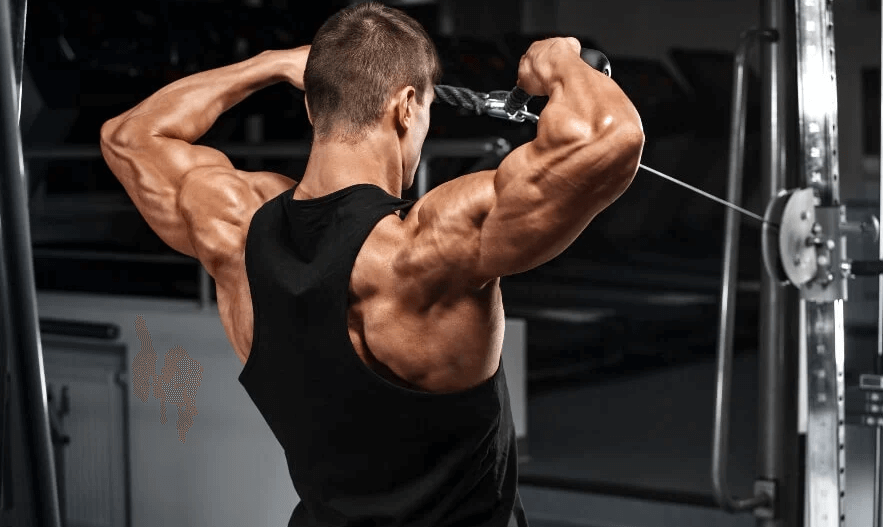
Mostly face pulls build muscle groups in both your shoulders and upper back, help with nailing a good posture , avoid rotator cuff injuries and fix any slight bend or slouching you might have developed.
This makes the exercise definitely worth it for anyone looking to build muscle in these areas, especially the posterior deltoids.
You can tap into the benefits of this exercise to fix your shoulder joints, but if you are experiencing chronic shoulder or back pain, consider seeking for professional medical advice.
Including Face Pulls into Your Workouts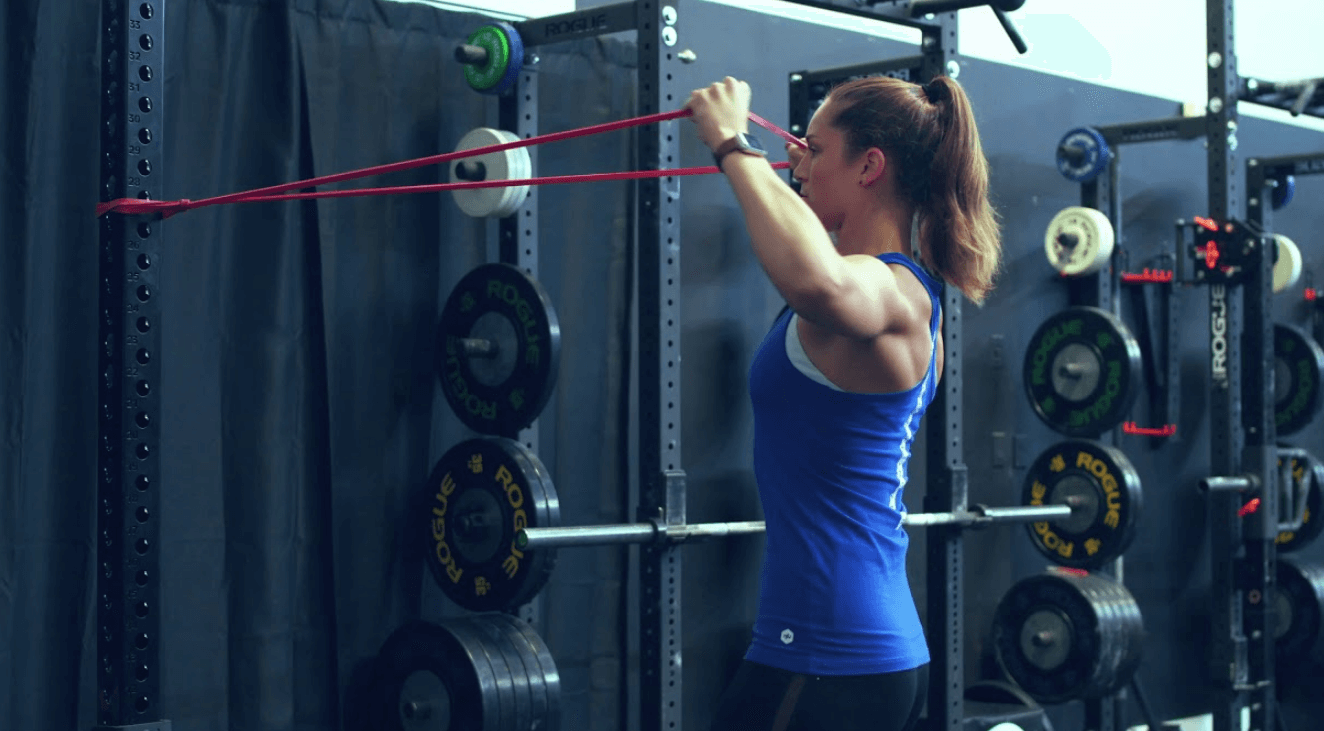
Now that you are aware of the muscles worked with face pulls, the next step would be to include it in your workout routine.
If you are a beginner, I advise that you include face pulls when you are doing shoulder exercises or on days when you plan to do pushing exercises.
Apart from the 3 alternatives mentioned, there are many more that you can do with or without machines.
As a precautionary measure, I strongly suggest you start with light weight and perfect the technique and form before loading up on the weight stack.
This will enable you to achieve the desired scapular stability while reducing chances of shoulder injuries, and consequential shoulder pain.
Face pulls are perfect for keeping your shoulders healthy and free of injuries.
They are low impact exercises that offer many benefits. So do give it a try and see the results for yourself.
Related Readings:
- Dumbbell Pullover Exercise Guide
- Muscles Used During Dips
- Which Muscles Are Used in Arm Wrestling?
- Dumbbells for Women: Best Women’s Weight Sets of 2022
- Stopped Working Out For a Year: Here Is What Happened
- I Did 100 Kettlebell Swings a Day… And Here’s Why You Should Do it, too!
Sources:
Ben Mayz
Hi there! I'm Ben, main author and chief editor at Fitlifefanatics.com. I have been obsessed with Strength Training and Fitness for 18 years now.
My passion for living a happy fit lifestyle is what made me realize that fitness is what I wanted for my future.
I went on to earn my Masters in Sports Training & Biomechanics.
My passion for Strength training & fitness and my love of helping others is what made me start Fitlifefanatics.
Here, myself, and a team of specialist aim to provide the most accurate, and actionable information possible in hopes to help foster the fitness community forward.
You can learn more about Fitlifefanatics on our About Page


